How To Create A Facebook Ad That Converts? (+ Tips)
Do you know that Facebook has 3.05 billion monthly users as of 2025? Doesn’t it seem like a great advertising platform to make your presence felt? Well, it sure is. However, if you are new to Facebook advertising, it can be a challenge. You may not know where to start, and doing guesswork may lead to lukewarm results.
Don’t worry!
You are at the right place. We’ll show you how to create a Facebook ad that increases conversions and the types of ads you should choose for your business. So, keep reading till the end.
Table of Content
- What Are Facebook Ads?
- What Are The Benefits Of Creating Facebook Ads?
- Types Of Facebook Ads
- How To Set Up A Facebook Ad Campaign Step By Step?
- What Is The Cost Of Creating A Facebook Ad?
- Tips To Create Facebook Ads
- Start Creating Your Facebook Ads!
- FAQs
What Are Facebook Ads?
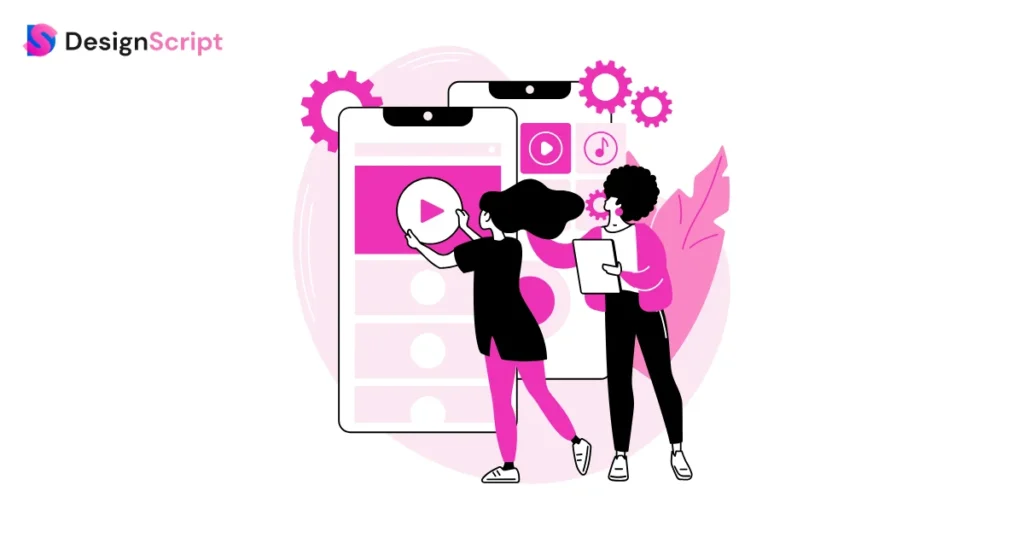
Facebook ads are a form of online advertising that allows businesses to target specific audiences. The ads target people based on their interests, demographics, and even their behavior on Facebook. Businesses can use Facebook ads to promote their products or services, increase brand awareness, or drive website traffic. Facebook ads are an effective way to reach several people with your message and are typically less expensive than other forms of online advertising. They can be an effective way to reach a large audience.
Let’s look at the benefits of creating ads on Facebook in detail below.
What Are The Benefits Of Creating Facebook Ads?
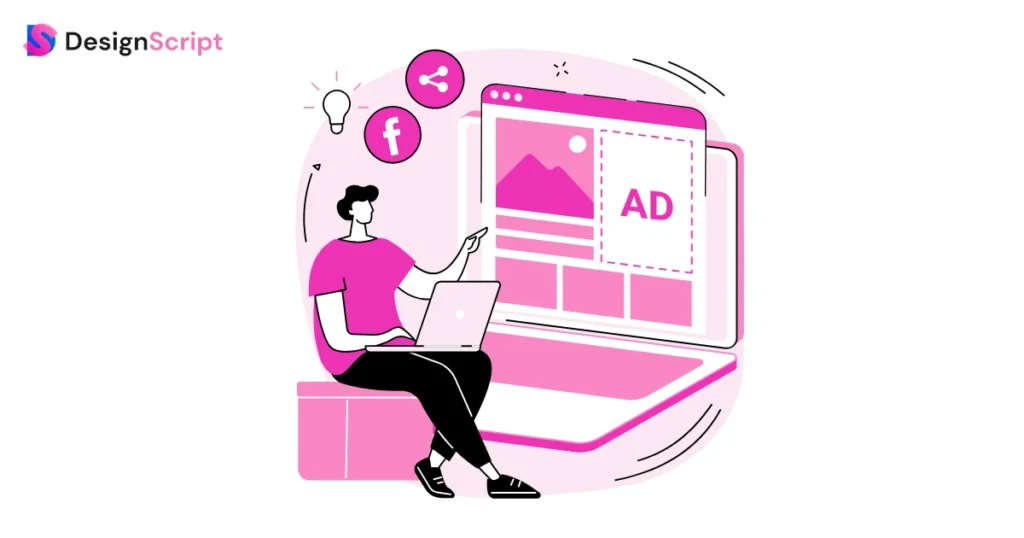
You can create Facebook ads to enjoy the following benefits,
Increase Brand Awareness
One of the main advantages of Facebook Ads is that they allow you to engage with your audience and different content to encourage them to become familiar with your brand or company.
If you are new to social media, you may not know what content will be most effective towards your target audience.
- Using Facebook Ads, you can test different forms of content to see which resonates with your audience the most.
- You can also use the data collected through your ads to find the demographic and psychographic traits of your ideal customer.
- Running Facebook Ads allows you to build and grow a relationship with your audience.
- By understanding your audience’s needs and wants, you can tailor your content to encourage them to act or make a purchase.
Attract New Audience
Facebook ads allow you to target the right audience in many ways, not just with demographic information but also with psychographic details such as interests, hobbies, and concerns.
The information gathered through interest quizzes and questionnaires allows you to show highly relevant ads to the individual user. For example, if someone reports that they are a “foodie,” you may target them with ads for restaurant chains or menus in which they are likely to be interested.
Additionally, as people use the internet to discover content, running Facebook Ads allows you to gain exposure and new customers without relying on traditional advertising methods.
Make More Sales
Placing an ad on Facebook can help you make more sales by bringing in more qualified leads. People who see your ads are more likely to be interested in what you offer and click on your link than those who do not see the ads.
The more engaged your audience is, the higher the likelihood of them being receptive to your offers and converting into paying customers.
Post Ads simultaneously on Instagram
As Meta owns both Facebook and Instagram, you can run ads on both platforms at the same time. The integration works in your favor as you won’t have to put in extra effort to run campaigns separately on Instagram. In short, you get the best of both worlds.
Types Of Facebook Ads
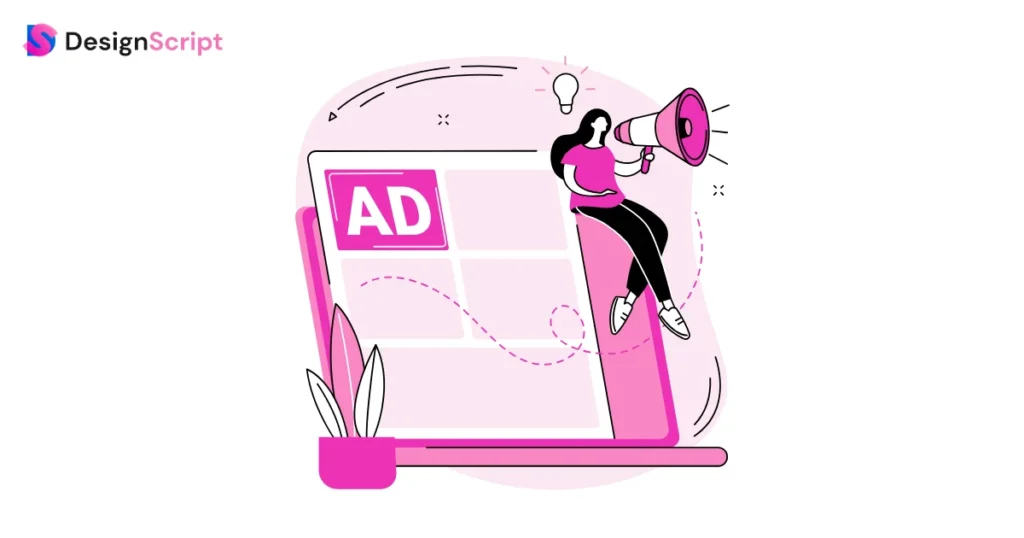
There are several Facebook ad formats you can choose from based on your business goals and they include:
- Image
- Video
- Carousel
- Instant Experience
- Collection
- Lead
- Slideshow
- Stories
- Messenger
Let’s look at each of the formats in detail below
1. Image Ads
This is a classic format for ads on Facebook, and it involves using a single image to promote a product, service, or brand. They usually have different placement and aspect ratios.
It is the best bet for ad campaigns with only one image needed. And it could be in the form of illustrations or photography.
It is possible to create an image ad by boosting your existing post on your Facebook page. This can fit into any sales funnel stage and is suitable for goals like increasing brand awareness or promoting a newly launched product.
These ads are quite simple to create, so they can work well for you if you use good-quality images. However, there is a drawback as well. You can use only one image to convey your message. So, if you want to display more than one product in this format, it is not for you. You have to be careful about the image size, or it may not look proper when displayed.
2. Video Ads
Similar to image ads, Facebook lets you create a video ad with a single video. This is well-suited for product demos and tutorials. While your video can be as long as 240 minutes, it is evident that you won’t create such a long video for Facebook! Try to keep your video under 15 seconds. The only drawback is that it takes time to create this kind of ad and can be costly.
3. Carousel Ad
In carousel ads, you can show up to 10 images or videos. With each of them having its own headline and description. This is perfect for businesses showcasing a series of different products. You can add a different landing page for each carousel image for the best results.
4. Instant Experience Ads
Previously referred to as Canvas ads, these are interactive ads only for mobiles that allow users to engage with your content on Facebook. It is possible to tap through a carousel of images and shift between screens and zoom in and zoom out of images.
Ideally, you should use between 5 and 7 images and videos in each instant experience ad. It will help in increasing your likelihood of engagement. There are templates to help you create a theme and save time.
5. Collection Ads
These ads look like immersive carousels and provide an amazing user experience. These ads give users a window shopping experience on their mobile and help them look at several products. These are a step ahead of Carousel ads as you can customize collections ads as per your preferences and are available for full-screen display.
These ads also enable users to buy products straight away from the ad. These are the best choice for large enterprises with many products and services to offer. Smaller businesses can stick to carousel ads.
6. Lead Ads
Leads are specifically designed for mobile devices as they help people enter their details without involving too much typing.
These ads are the best for newsletter subscriptions, getting sign-ups for trials, or asking for additional information.
7. Slideshow Ads
A slideshow ad has around 3 to 10 images or one video that plays in a slideshow. You can use them instead of video ads as they require five times less data than videos.
This is the best when the internet connection is not very steady.
It is ideal for beginners who are yet to learn about creating high-quality videos.
8. Stories Ads
This ad format is only for mobile devices. It helps you use the screen area without asking users to turn their device’s position. Stories can include images, videos, and carousels too. They are more creative as you can use stickers, filters, emojis, and other effects. However, Facebook stories are not in the feeds, so this will get less viewership compared to other formats. You also need to format your videos or images differently, requiring you to create original content exclusively for this ad format.
9. Messenger Ads
These ads appear in the Facebook messenger tab. Users will get a more personal feel with these ads as people chat with their near and dear ones in that tab. It is possible to start a conversation with your business from messenger. Basically, it works well in getting users to become familiar with your brand and is ideal for smaller businesses promoting their products or services.
How To Set Up A Facebook Ad Campaign Step By Step?
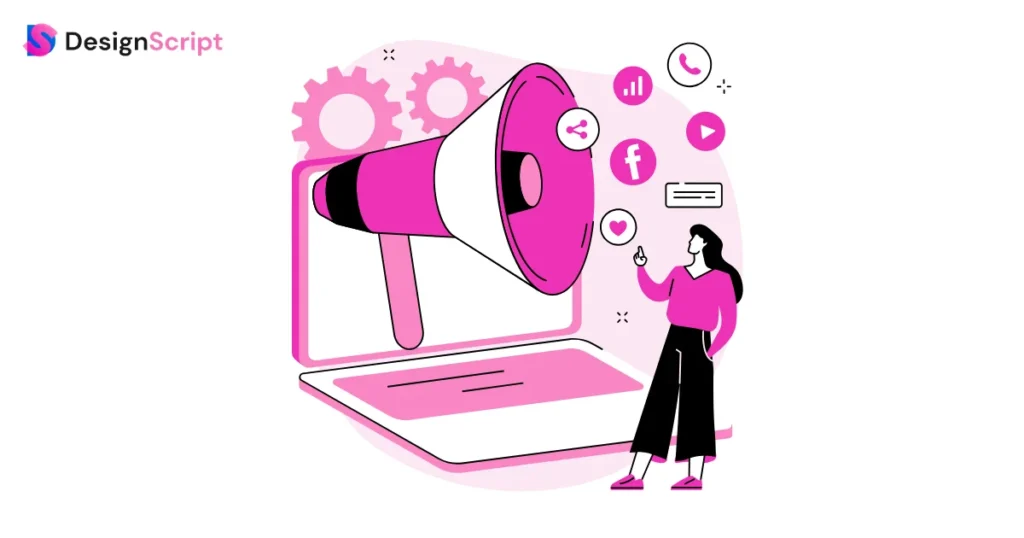
Here’s how to create a Facebook ad campaign
1. Set up your Facebook ads manager account
Create your Facebook business page first. This step is essential because running ads on a personal profile is impossible.
After you finish setting this up is where you have to place your Facebook ad.
2. Create an ad using the Facebook ads manager
After logging in to the ads manager, you will have a dashboard listing all the campaigns and ads. But if this is your first time, the dashboard will be empty. If you want to create a new ad campaign, choose the ad type and click the create button.
3. Choose your objective
Do you have to have a campaign objective in mind before you begin? The Ads Manager will ask you for your campaign’s objective. You can pick any one from the 11 objectives mentioned in the list. This step is necessary because it helps Facebook understand what you want to do exactly so that they give you the most suitable options.
For example, if your objective is to drive conversion, when you select the option, Facebook will ask the url of the website you want to place the ad for. Facebook will then display the ad type that is relevant to your objective.
4. Choose your audience
Configuring your audience is the next step. If you are a beginner with paid ads on Facebook, you can try getting options until you can find the right balance. You can narrow your focus using an audience definition gauge. You must consider your campaign objective if you are confused between choosing a specific audience or a broader one.
For instance, if you want to drive traffic, you have to focus on those who are interested in your product or service. However, you can pick a general or broader audience if your goal is to build brand awareness. You have different targeting options, from location, age, and gender to ethnic affinity, life events, politics, parents, and the like.
Facebook ads manager also lets you customize your audience so that you can add people that are in your company’s database. After configuring your audience, Facebook lets you save them for later use.
5. Finalize your budget
You can set a daily budget or a lifetime budget.
Daily budget – This is the best option if you want your campaign to run throughout the day without a pause. It means that Facebook will calculate your spending per day. The bare minimum daily budget is $1, and it has to be two times your CPC
Lifetime budget – If you want to run your ad for a period of time, the lifetime budget is the option for you. Facebook will spread your budget for a period of time you set.
So, that was about How To Create A Facebook Ad. Let’s now move on to the cost.
What Is The Cost Of Creating A Facebook Ad?
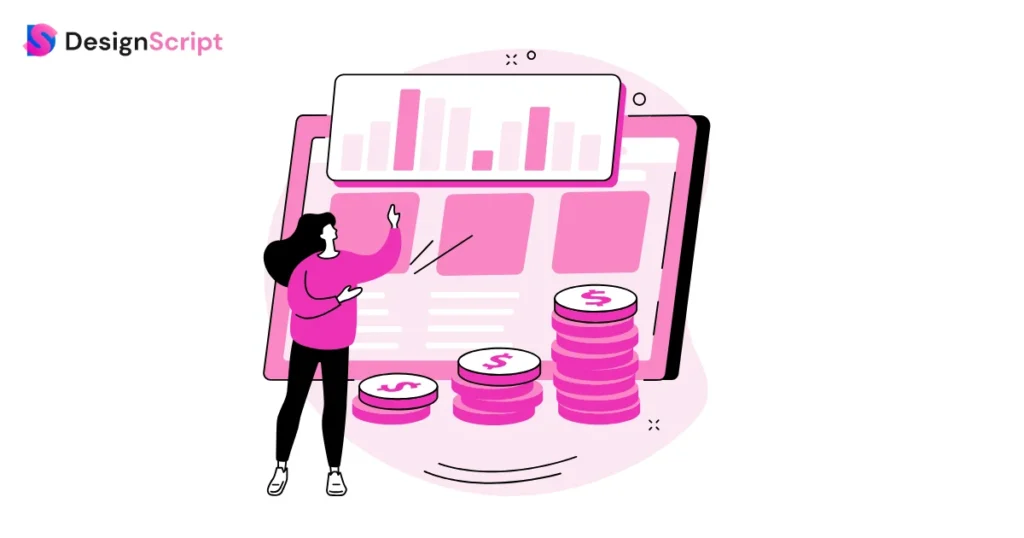
The cost of Facebook ads is not fixed and varies depending on several factors.
- Audience targeting
The cost of targeting a narrower audience is higher than reaching a broader one.
- Ad placement
Where you place your ad matters a lot (whether on Facebook or Instagram).
- Campaign duration
The cost depends on the duration of the campaign.
- Competitiveness
As the competition varies from one industry to another, ad costs increase with the product’s price or the value of the potential customer you are trying to reach out to.
- Time of the year
Based on the seasons, holidays, or other events as ads cost can vary.
- Time of the day
CPC is the lowest between midnight and 6 a.m. in every time zone.
- Location
The ad cost can vary based on your geographical location.
Setting up your campaign budget based on your business objectives is the right approach to success. The CPC also varies based on your objective. The five main campaign objectives include:
1. Conversion
2. Impressions
3. Reach
4. Link clicks
5. Lead generation
The CPC is different for different campaign objectives. Thus, you have to use the right objective to reach the goals in a cost-effective manner.
Tips To Create Facebook Ads
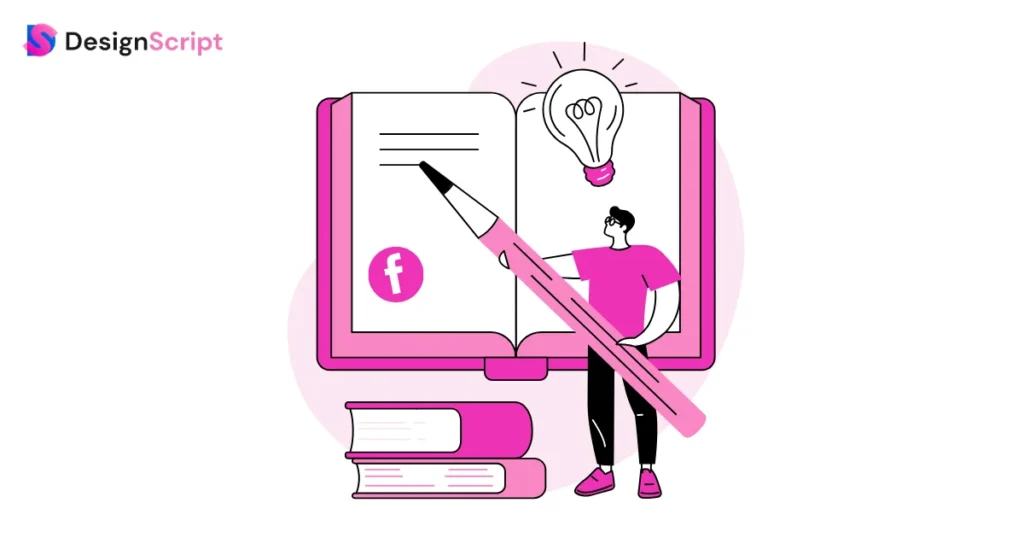
When it comes to creating Facebook Ads, there are a few things you need to keep in mind to create ads that are both effective and engaging. Here are a few tips to help you get started:
1. Know your audience
First and foremost, you need to have a clear understanding of your target audience. Who do you want to reach with your ad? What are their interests? What motivates them? Once you understand your target audience well, you can create an ad that is tailored to them and more likely to resonate.
2. Keep your ad creative and eye-catching
Remember that people scroll through their Facebook feeds fairly quickly, so you must ensure your ad catches their attention. Use bright colors, interesting visuals, and short, attention-grabbing text.
3. Make sure your ad has a strong call-to-action
You want people to know what you want them to do after seeing your ad. Whether it’s to visit your website, sign up for your newsletter, or download your app, make sure your call-to-action is clear and concise.
4. Focus on the specifications
Facebook ad sizes can change at any time, so you must ensure that your images and videos are of the right dimensions so that the ad isn’t cropped or stretched in any way. You have to be careful with the specifications. So, here is some help.
Facebook video ads
Facebook feed videos
Minimum width: 120 px
Minimum height: 120 px
Resolution: Minimum 1080 x 1080 px
Video ratio: 4:5
Video file size: 4GB max
Minimum video length: 1 second
Maximum video length: 241 minutes
Facebook instant article videos
Resolution: at least 1080 x 1080 px
Video ratio: 9:16 to 16:9
Video file size: 4GB max
Minimum video length: 1 second
Maximum video length: 240 minutes
Facebook Stories ads
Recommended: Highest resolution available (at least 1080 x 1080 px)
Video ratio: 9:16 (1.91 to 9:16 supported)
Video file size: 4GB max
Maximum video length: 2 minutes
Facebook image ads size
Facebook feed images
Resolution: at least 1080 x 1080 pixels
Minimum width: 600 pixels
Minimum height: 600 pixels
Aspect ratio: 1:91 to 1:1
Facebook Instant Article images
Maximum file size: 30 MB
Aspect ratio: 1.91:1 to 1:1
Resolution: at least 1080 x 1080 px
Facebook Marketplace images
Maximum file size: 30 MB
Aspect ratio: 1:1
Resolution: at least 1080 x 1080 px
5. Track your results
Facebook provides a lot of valuable data that you can use to track the performance of your ad. Pay attention to things like click-through rate, conversion rate, and cost per conversion. This data can help you optimize your ad for better results.
By following these tips, you can create Facebook Ads that are more likely to be successful. So go out there and give it a try!
Start Creating Your Facebook Ads!
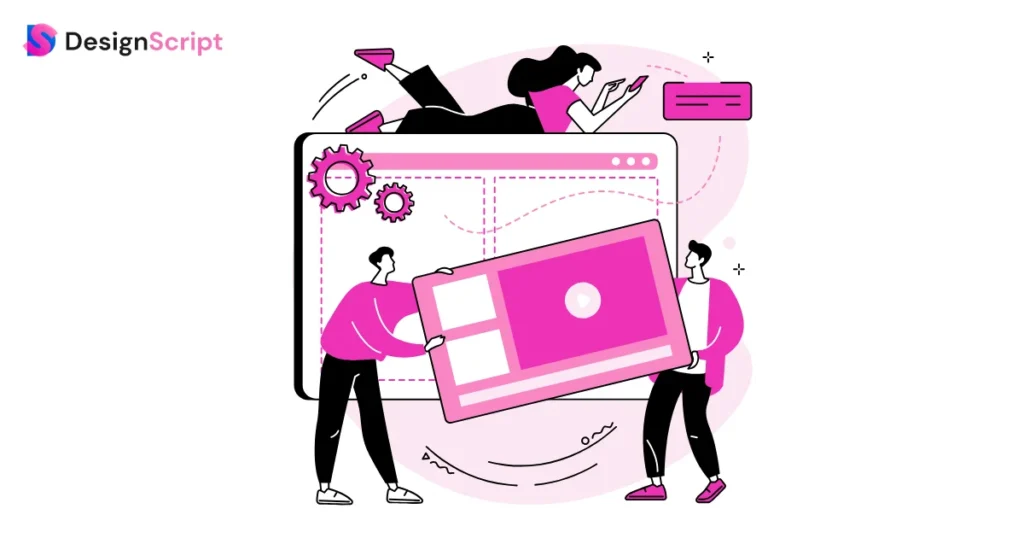
After reaching this point, you may know what Facebook ads are, the kind of Facebook ads you should create for your business, and how to create a Facebook ad step by step. See how the ads work for you and decide your next campaign based on the results of the previous one. You can thank us when you start seeing results.
Till then, wish you all the luck with advertising on Facebook.
FAQs
Create a new ad campaign, select ads type as ‘Page’ and ‘Page post’. Under ad design, select the Facebook page & the post you want to promote in the feed. Select the targeting options, finalize placements, set your budgets & that’s it.
It is possible to perform an A/B test in the Ads Manager with the toolbar. You can compare two or more campaigns and see which one lives up to your expectations. It is quite helpful in deciding the next course of action.
To create retargeting ads on Facebook, create a list of people you want to retarget & install the Facebook pixel to retarget visitors to your website. Those who want to retarget based on app activity can use Facebook SDK instead of pixel.

